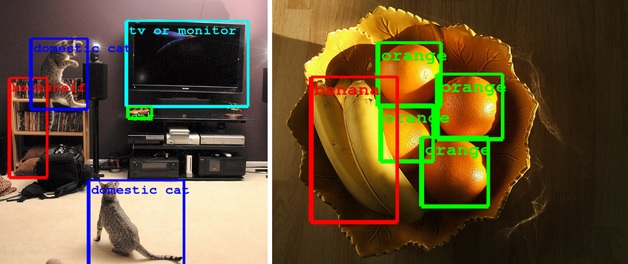
This is a Research Note from Niall Jenkins, Research Manager for Embedded Vision and Dinesh Kithany, senior analyst, Home Appliances at IHS Inc., providing information on the embedded vision market in consumer devices. & ndash; Dyson recently announced its first robotic vacuum cleaner, the Dyson 360 Eye, which uses a 360 degree camera and embedded vision software to help the product navigate around the home.
IHS’ Take
The Dyson 360 Eye represents a new opportunity for embedded vision in the consumer electronics market.
Embedded vision technology enables devices to understand the world around them by analyzing video images.
The Dyson 360 Eye uses a simultaneous localization and mapping (SLAM) technology to understand its position within a room to more efficiently cover the space.
Based on IHS Technology?s Home Appliance report titled Small Home & Personal Care Appliances ? 2014, the worldwide robotic vacuum cleaner market is forecast to grow at a five year CAGR (Compound Annual Growth Rate) of 12.5%, from an estimated three million units shipped in 2014 to five million in 2018.
This camera technology by Dyson could take the robotic vacuum market to the next level of innovation and device intelligence giving yet another boost to this segment of the home appliance market.
While Europe, which has a 40% share of the worldwide robotic vacuum cleaner market in terms of device volumes, is expected to grow in line with the market average, both Asia and the Middle East & African markets are expected to see higher growth of 17% year-on-year within the same period, due to currently low penetration rates.
Furthermore, the total vacuum cleaners market, covering canister, upright, handheld, robotic and other types, accounted for around 113 million shipments in 2013.
Embedded vision is well established in industrial and automotive applications; however, it is far less mature in consumer markets.
Consumer applications have also tended to revolve around augmented reality applications, typically in tablets or smart phones, or gesture recognition applications, used to control and operate televisions or games consoles.
The Dyson 360 uses object recognition and positional intelligence algorithms more closely related to lane departure assist or warning algorithms in the automotive market.
It will be interesting to see whether other embedded vision applications, such as object recognition, counting or behaviour recognition, can make the jump to the consumer market.
Also See: Google?s Latest Object Recognition Tech Can Spot Everything in Your Living Room
Source: ihs.com
